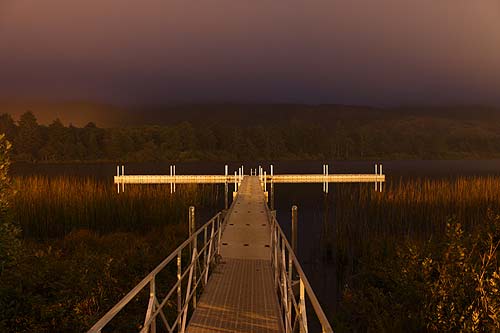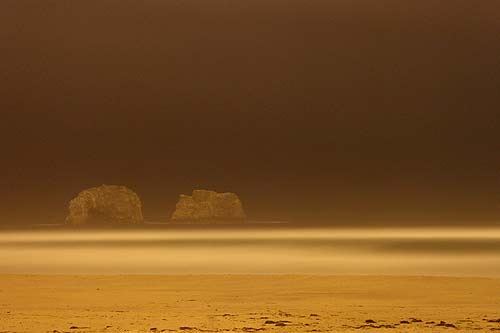Seasonal Surprises of Rockaway Beach: N. Oregon Coast Storms to Changing Sands
Published 05/14/21 at 7:35 PM PDT
By Oregon Coast Beach Connection staff

Includes exclusive listings; some specials in winter
In Cannon Beach:
Includes rentals not listed anywhere else
In Manzanita, Wheeler, Rockaway Beach:
Some specials for winter
In Pacific City, Oceanside:
Some specials for winter
In Lincoln City:
Some specials for winter
In Depoe Bay, Gleneden Beach:
Some specials for winter
In Newport:
Look for some specials
In Waldport
Some specials for winter
In Yachats, Florence
Some specials for winter
Southern Oregon Coast Hotels / Lodgings
Reedsport to Brookings, places to stay; winter deals
(Rockaway Beach, Oregon) – All up and down the Oregon coast, there is always something captivating happening along the beaches – and Rockaway Beach is definitely no exception. In September and October, as those glorious “Second Summer” conditions hit their full stride, the weather doesn’t just cooperate, it captivates. As winter arrives, those cloudy skies at sunset for some reason have a different color scheme to them, staying that way through winter most of the time. Sand levels rise and fall throughout the year, revealing old treasures or adding new ones in the way they change this beach.
It’s a year-round wonder, and even more of a smack in the eye if you pay attention to some of the details. (Case in point: the photo above shows Twin Rocks getting ravaged by a storm)
About 20 minutes south of Manzanita, 35 minutes south of Cannon Beach and about ten minutes north of Tillamook, Rockaway Beach sits spread out over seven miles of exquisite and pristine sands.

Many of the best sights happened not during the day, but after dark. Lake Lytle is pictured here, with its brand new dock seen in fall of 2012. A fog hovering in the area caught and reflected various light sources and created this otherworldly moment.

A similar alien scene happened while photographing the famed Twin Rocks at night in the middle of one September.

Sometimes, as darkness begins to fall, other visual treats of Rockaway Beach come to light. The ocean takes on a whole new hue, and a moving fog above it all looks like a gigantic ghost.
The streams cutting through the dunes in Rockaway Beach have their own secrets. While many know of the wreck of the Emily G. Reed that shows up sometimes when winter sand levels get lowered enough. It's a rare treat. Few know some pieces of it lie in one of the creeks heading out to sea.

Another example of Rockaway Beach during one of those early fall storms – taken from the main access in the middle of town. Further proof this little north Oregon coast town is visually delicious no matter the weather.
Over to the jetties, at the very northern end of Rockaway Beach – the area known as Manhattan Beach. This borders the southern jetty of the Nehalem Bay. It's here where you can watch the town light up just after dark and cast quite the glow across the sea and landscape.

This area is where those effects of sand levels became especially apparent. Normally, the jetty looks like this – above. The tide come quite a ways in, sometimes dangerously so.

But even in early October – as seen here – sand levels stayed so high they kept the tide away this deep into the fall season. This scene shows a kind of low tide situation: an extreme low tide. But it's not. It's simply the sand keeping the water much farther out.

Rockaway Beach, like the rest of the Oregon coast, eventually enters the fall season, so erosion then takes this wild phenomena away. Yet it also gives, sometimes copiously. Above, you see the wreck of the Emily G. Reed, usually only appearing for a brief two weeks or so if enough sand gets scoured away after a series of storms.
It's all proof you should hit these beaches after storms and you'll find a myriad of other scintillating stuff from the natural world. If nothing else, you'll see the landscape changed again.
Hotels in Rockaway Beach - Where to eat - Rockaway Beach Maps and Virtual Tours
Cannon Beach Lodging
Nehalem Bay Lodgings
Manzanita Hotels, Lodging
Three Capes Lodging
Pacific City Hotels, Lodging
Lincoln City Lodging
Depoe Bay Lodging
Newport Lodging
Waldport Lodging
Yachats Lodging
Oregon Coast Vacation Rentals
Oregon Coast Lodging Specials

Rockaway Beach in spring
More About Oregon Coast hotels, lodging.....
More About Oregon Coast Restaurants, Dining.....
LATEST Related Oregon Coast Articles
Through 2 a.m. likely best, but some lights possible through dawn June 1 - 2. Space weather, astronomy
Rare Sperm Whale Stranding on N. Oregon Coast, Was Hit by Boat
Showing up near Gearhart, it will decompose naturally. Marine sciences
Coast Guard Barque 'America's Tall Ship' Coming to Portland Rose Fest, N. Ore...
Portland events: June 5 - 8; Astoria events June 13 - 15. Weather
Bright and Active Arietids Meteors May Hit Pre-Dawn Hours of Oregon, Washingt...
Look to east hour before sunrise and you may catch a show. Sciences, astronomy, weather
Why Now Could Be a Great Week for Spotting Killer Whales on Oregon Coast - Video
A good dozen documentations around Depoe Bay, Newport, Coos Bay, Bandon, Tillamook. Marine sciences
Summer Road Work, Traffic Issues Along Oregon Coast Include Astoria, Garibald...
Some daylight closures include bridges, OR 22, OR 18, OR 26, more. Travel tips. Seaside, Cannon Beach, Lincoln City. Travel tips
Pacific City Oregon Weather, 7-Day Forecasts, Live Conditions, Radar, Webcams...
Updated Constantly: Pacific City, Tierra Del Mar, Oregon Weather, Cams, Buoy Observations, Tides, Warnings - Alerts
Oregon Coast Has World's Oldest Harbor Seal, Celebrating 50 Years Soon
June 3 at Oregon Coast Aquarium in Newport. Newport events
Back to Oregon Coast
Contact Advertise on BeachConnection.net
All Content, unless otherwise attributed, copyright BeachConnection.net Unauthorized use or publication is not permitted



















































